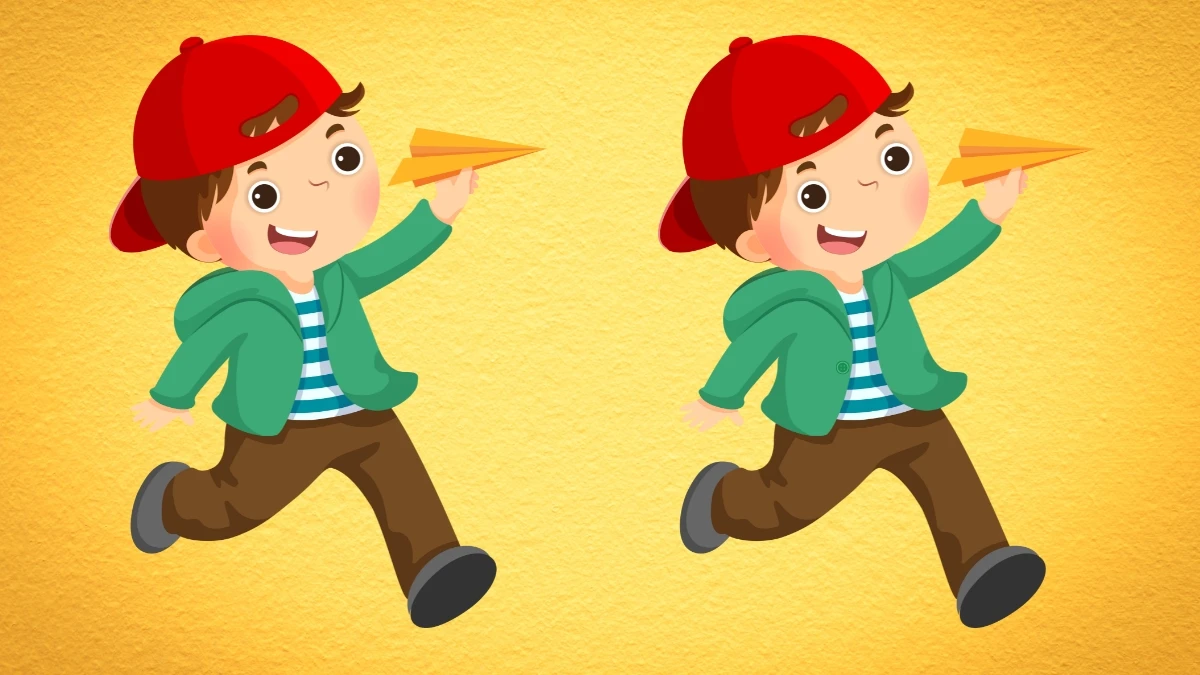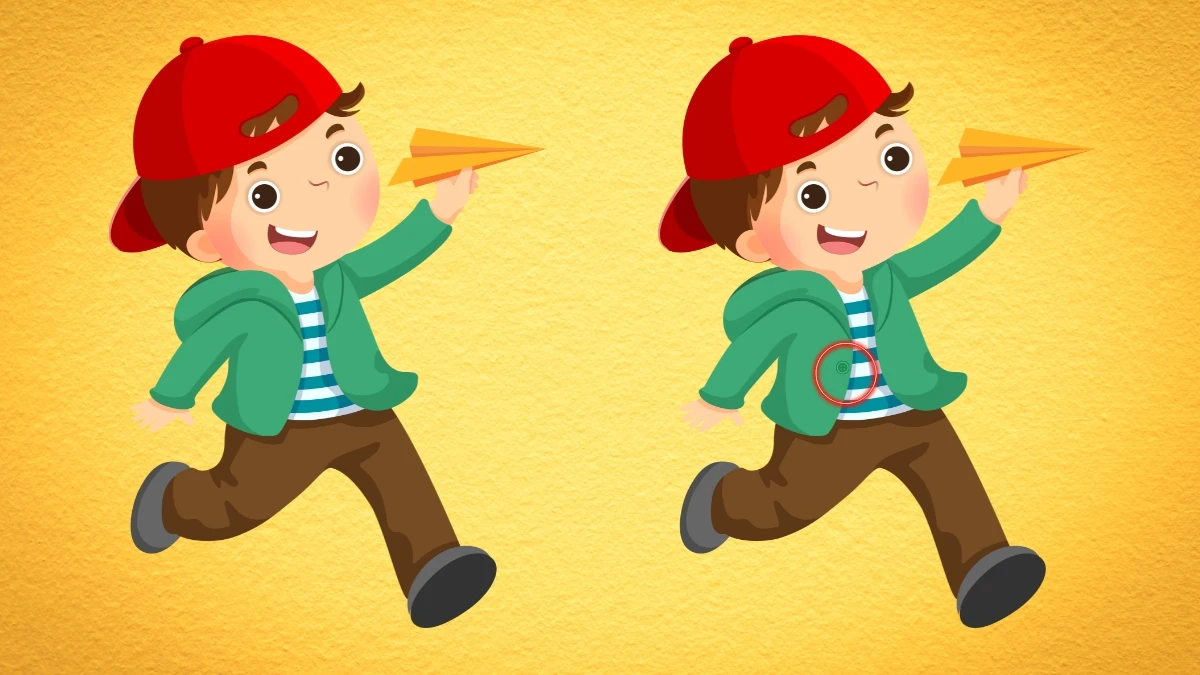Optical Illusion
An optical illusion is a visual phenomenon where the perception of an image differs from objective reality. Our brains interpret visual information based on patterns, context, and past experiences.
Optical illusions exploit these processes by presenting images that mislead or confuse the brain, causing us to see things that aren’t really there or to misjudge size, shape, color, or movement.
For example, static images might appear to move, straight lines may seem curved, or two objects of the same size might look different due to surrounding visual cues.
These illusions reveal the complex and sometimes imperfect ways our visual system processes information, and they highlight how perception is not always an accurate reflection of the world around us.
Try this Challenge: Within 7 Seconds Spot The Number 96 among 69
IQ Test Optical Illusion: Can You Tell What Separates These Twin Pics? Only Eagle Eyes Can Find
This IQ test optical illusion challenges your visual perception and attention to detail by presenting two nearly identical images side by side.
At first glance, they may look the same, but subtle differences are cleverly hidden within the pictures. Your task is to carefully observe and identify what separates the twin images.
These types of visual puzzles are designed to test your concentration, pattern recognition, and ability to notice minute changes.
Only those with sharp "eagle eyes" can successfully spot all the differences, making it a fun yet brain-stimulating activity for both kids and adults. Give it a try and see how keen your observation skills really are!

Number Challenge: Within 5 Seconds If You Can Spot 429, Your Brain Works Differently!
IQ Test Optical Illusion: Can You Tell What Separates These Twin Pics? Only Eagle Eyes Can Find - Solution
This optical illusion is a classic "spot the difference" challenge designed to test your visual perception, attention to detail, and cognitive focus.
At first glance, both images show a cheerful young boy wearing a red cap, green jacket, striped shirt, and brown pants while holding a yellow paper airplane.
The images appear identical, but a closer look reveals a subtle but distinct difference: a small button has been added to the boy’s shirt in the right image.
This button is located near the middle of his torso, just under the open jacket, and slightly overlaps the blue and white striped shirt. The left image lacks this detail entirely.
The illusion works because the human brain tends to overlook minor inconsistencies when presented with repetitive visual information.






